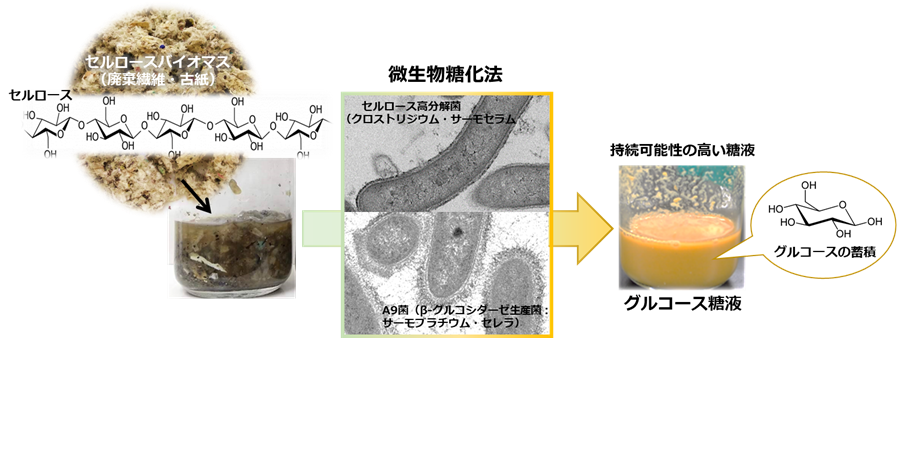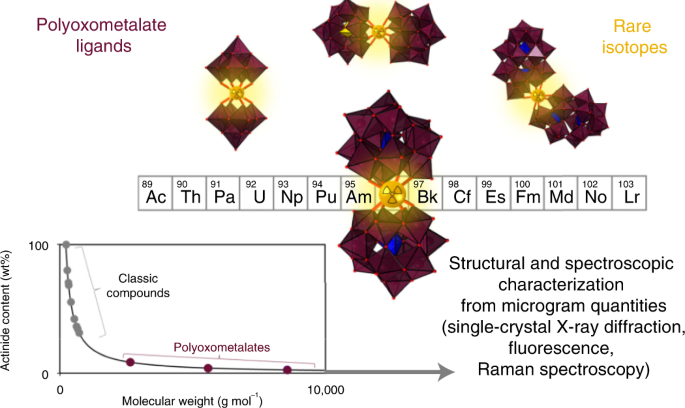2022-09-01 アメリカ国立再生可能エネルギー研究所(NREL)

The inverted architecture of this perovskite solar cell, coupled with surface engineering, enabled researchers to improve efficiency and stability. Photo from NREL
独自の構造により、研究者らは1日1回の太陽光照射で24%の安定した効率を記録し、この種のものとしては最高の報告値となった。また、この高効率セルは、摂氏55度で2,400時間動作させた後でも、元の効率の87%を維持している。
チームは、ペロブスカイトの表面に新しい分子、3-(Aminomethyl) pyridine(3-APy)を加えた。この分子はペロブスカイト内のホルムアミジニウムに反応し、ペロブスカイト層表面に電場を発生させる。その結果、効率だけでなく安定性も大幅に向上した。
<関連情報>
- https://www.nrel.gov/news/press/2022/nrel-led-breakthrough-pushes-perovskite-cell-to-greater-stability-efficiency.html
- https://www.nature.com/articles/s41586-022-05268-x
高効率で安定した反転ペロブスカイト太陽電池のための表面反応 Surface reaction for efficient and stable inverted perovskite solar cells
Qi Jiang,Jinhui Tong,Yeming Xian,Ross A. Kerner,Sean P. Dunfield,Chuanxiao Xiao,Rebecca A. Scheidt,Darius Kuciauskas,Xiaoming Wang,Matthew P. Hautzinger,Robert Tirawat,Matthew C. Beard,David P. Fenning,Joseph J. Berry,Bryon W. Larson,Yanfa Yan & Kai Zhu
Nature Published:01 September 2022
DOI:https://doi.org/10.1038/s41586-022-05268-x
Abstract
Perovskite solar cells (PSCs) with an inverted structure (often referred to as the p-i-n architecture) are attractive for future commercialization due to their easily scalable fabrication, reliable operation, and compatibility with a wide range of perovskite-based tandem device architectures1,2. However, the power conversion efficiency (PCE) of p-i-n PSCs falls behind n-i-p (or normal) structure counterparts3-6. This large performance gap could undermine efforts to adopt p-i-n architectures, despite their other advantages. Given the remarkable advances in perovskite bulk materials optimization over the past decade, interface engineering has become the most important strategy to push PSC performance to its limit7,8. Here, we report a reactive surface engineering approach based on a simple post-growth treatment of 3-(Aminomethyl)pyridine (3-APy) on top of a perovskite thin film. First, the 3-APy molecule selectively reacts with surface FA+, reducing perovskite surface roughness and surface potential fluctuations associated with surface steps/terraces. Second, the reaction product on the perovskite surface decreases the formation energy of charged iodine-vacancies, leading to effective n-type doping with a reduced work function in the surface region. With this reactive surface engineering, the resulting p-i-n PSCs obtained a PCE over 25%, along with retaining 87% of the initial PCE after over 2400 h of one-sun operation at about 55°C in air.



